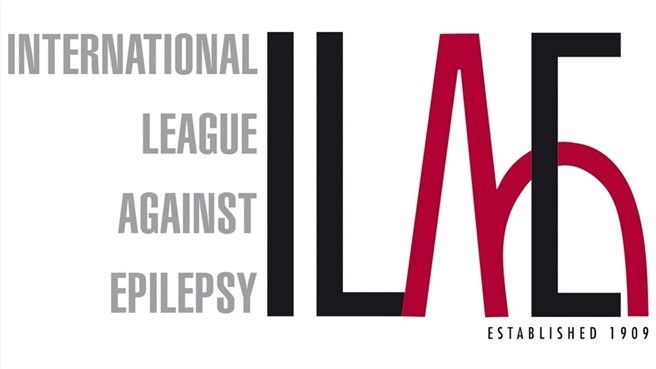Missing heritability. The concept of missing heritability is often invoked to demonstrate that existing genetic techniques only identify a fraction of the overall genetic risk for human diseases including the epilepsies. This statement implicitly assumes that we have a good and solid understanding of what the magnitude of genetic risk actually is. However, when looking at the epidemiological studies that have investigated familial risk of epilepsy, some of these studies have inherent problems, including small sample sizes, different phenotype definitions, recruitment bias, and lack of controls. A recent study in Brain now reassesses the familial risk of epilepsy in a population-based cohort of the Rochester Epidemiology Project. There are few instant classics in the field of epilepsy genetics – this study is one of them. Continue reading
Tag Archives: genetic epidemiology
CACNA1A variants as genetic modifiers in Dravet Syndrome
Genetic modifiers. Dravet Syndrome, formerly Severe Myoclonic Epilepsy of Infancy (SMEI) is a severe epileptic encephalopathy starting in the first year of life. More than 80% of cases of Dravet Syndrome are caused by loss-of-functions mutations in SCN1A, a voltage-gated sodium channel predominantly expressed on GABAergic interneurons. Now, a recent paper in Neurobiological Disorders investigates the role of CACNA1A variants as possible genetic modifiers in Dravet Syndrome. Continue reading
Autism – the shared environment strikes back
Autism and environment. A much talked about recent twin study from California finds a significantly lower heritability in autism than previously estimated, reducing the heritability estimate from >80% to less than 40% and attributing much of the liability of autism to shared, probably prenatal environment. At first, this study may seem to add to the growing pessimism in the genetics field given the lack of explanatory findings from exome sequencing studies. However, things are not that simple and you don’t have to put your exome sequencers on Ebay yet. Also, don’t mention vaccinations again. Let me explain… Continue reading

